"The mill building is commodious and the machinery |
AuthorJohn Baeten holds a PhD in Industrial Heritage and Archaeology from Michigan Technological University. His research aims to contextualize the environmental legacies of industrialization as meaningful cultural heritage. Archives
May 2016
Categories
All
|

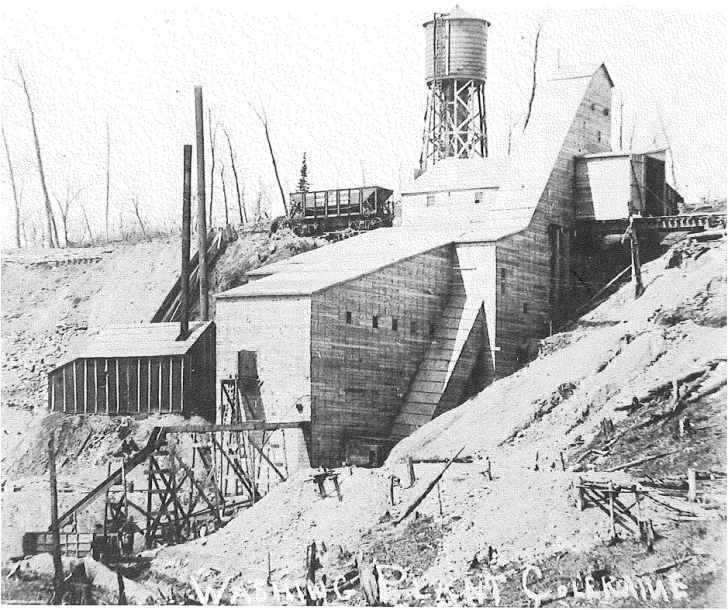
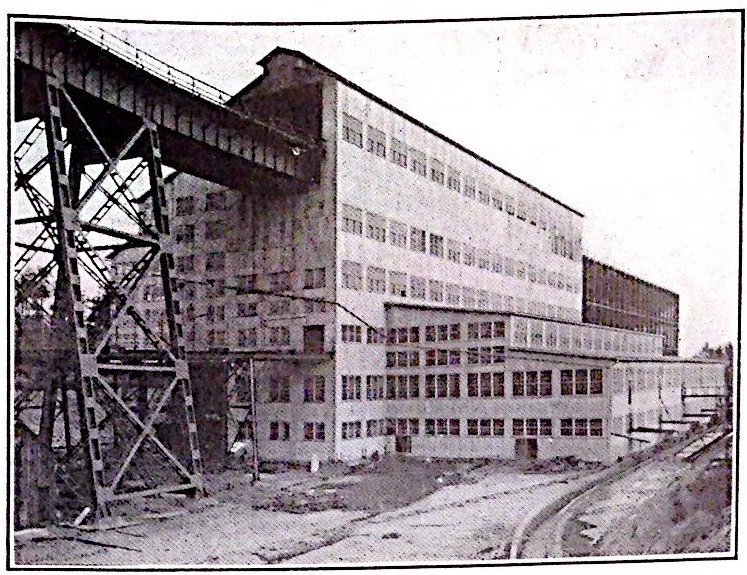

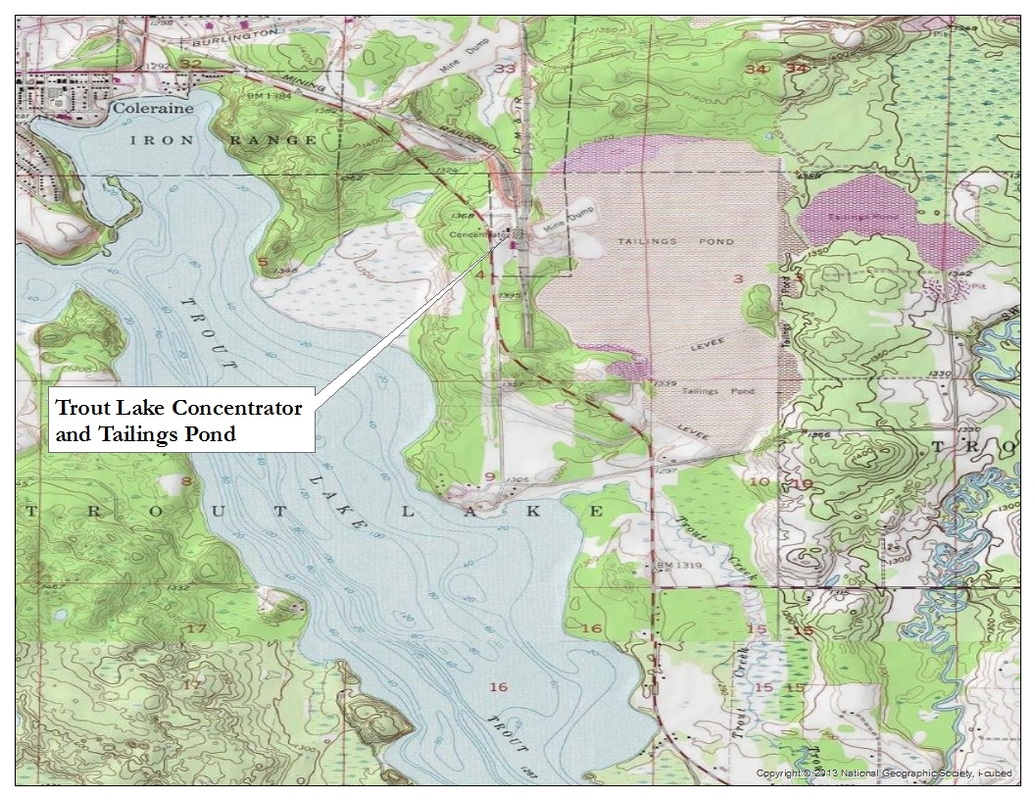
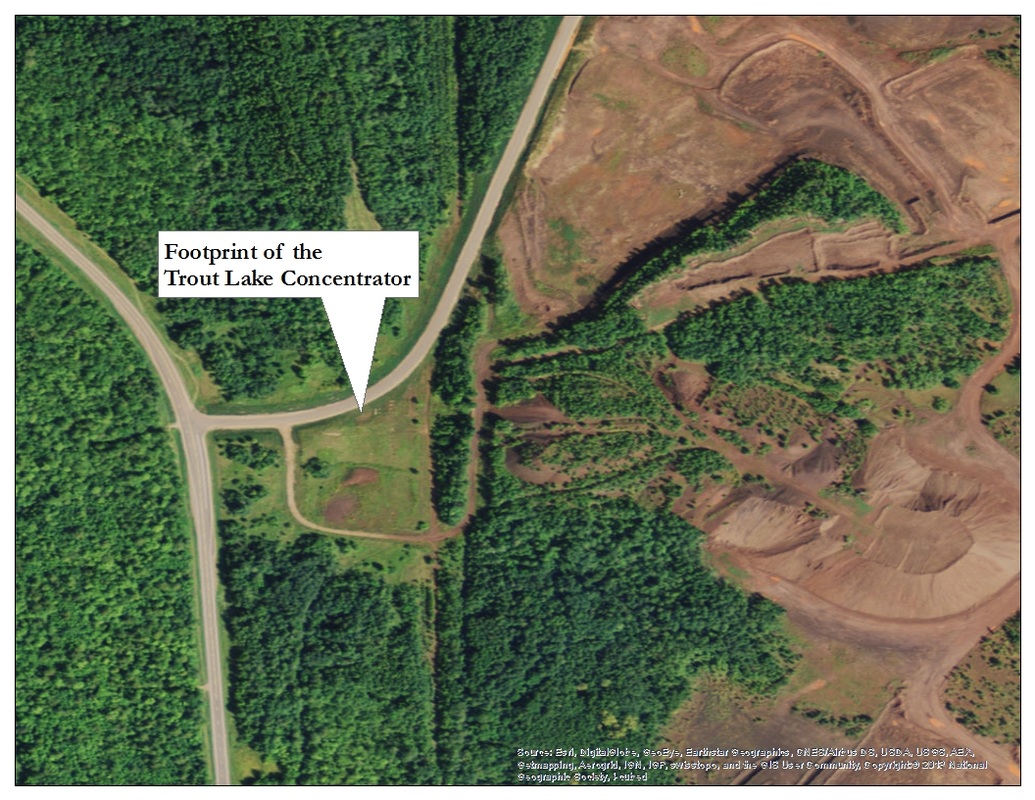
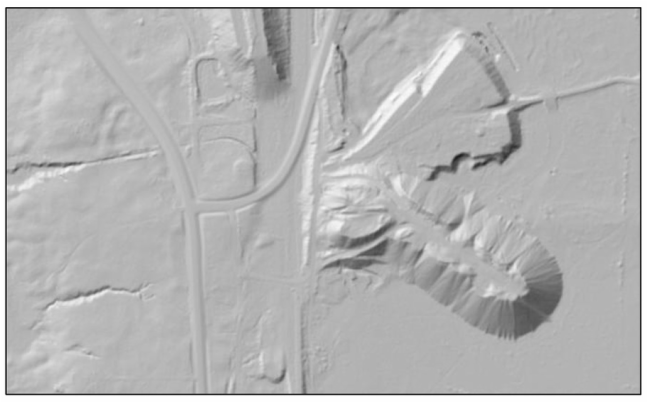
 RSS Feed
RSS Feed
